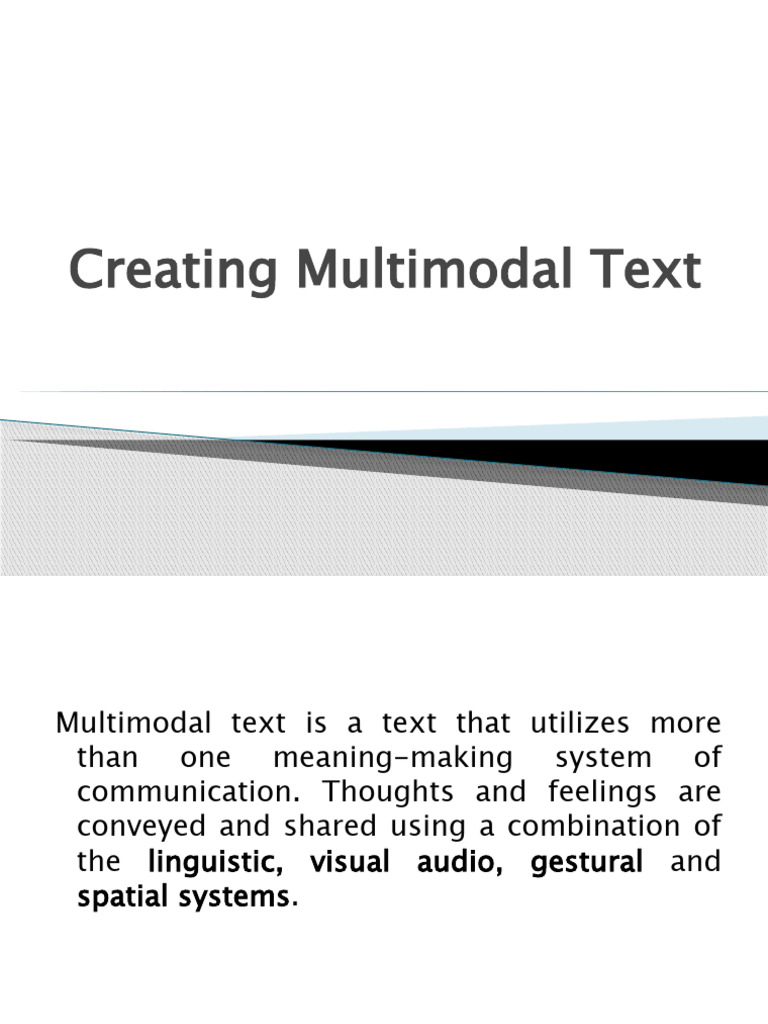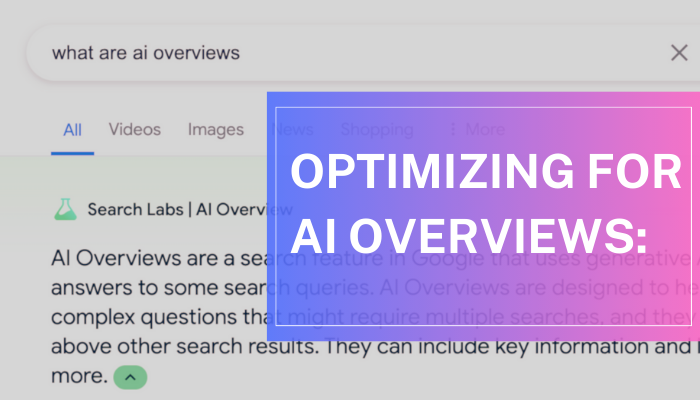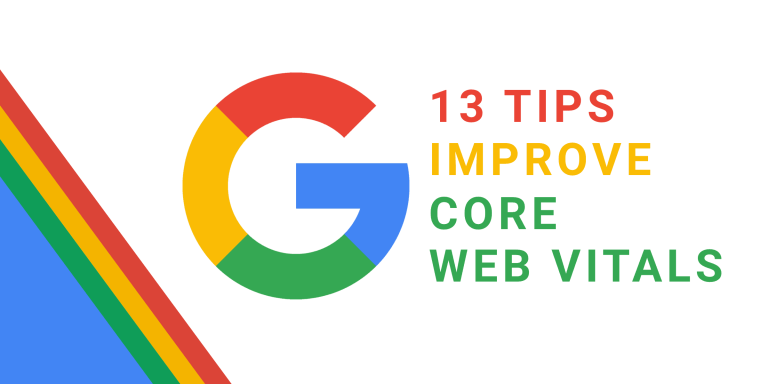
In the ever-evolving landscape of online search, the way we consume and interact with information is undergoing a dramatic transformation. No longer are users satisfied with simple text-based results; instead, they expect rich, dynamic summaries that incorporate images, videos, and structured data. This shift is driven by AI Overviews (formerly known as Search Generative Experience or SGE), which now dominate the top of search engine results pages. As a result, content creators must adapt their strategies to not only appeal to human readers but also to be easily interpreted and showcased by artificial intelligence.
This article will guide you through the process of structuring your content for multimodal answers—ensuring your material is optimized for both human engagement and AI recognition. You’ll learn how to create content that aligns with modern search algorithms, enhances user experience, and positions your brand as an authority in your niche.
What Is Multimodal Content and Why It Matters
Multimodal content refers to any form of digital content that combines multiple formats—text, images, videos, infographics, and more—to convey information. Unlike traditional single-format content, multimodal content is designed to cater to different learning styles and user preferences. For example, a blog post about “how to tie a tie” can be enhanced with a video tutorial, a step-by-step infographic, and a downloadable PDF guide.
The importance of multimodal content lies in its ability to meet the expectations of modern search engines and users alike. Google’s AI systems, such as Gemini, are built to process and understand multiple types of media simultaneously. This means that content that includes a variety of formats is more likely to be featured in AI Overviews, which appear at the top of search results.
Moreover, multimodal content improves user engagement and trust. By providing a richer, more interactive experience, you signal to both users and search engines that your content is comprehensive, valuable, and well-structured. This aligns with Google’s E-E-A-T (Experience, Expertise, Authoritativeness, and Trustworthiness) guidelines, which are critical for high rankings.
How Multimodal Content Impacts SEO Performance
Multimodal content has a direct impact on several key SEO metrics, including:
- Traffic: Rich, varied content is more likely to be clicked on from search results, increasing your site’s visibility.
- Engagement: Users spend more time on pages that offer a mix of formats, leading to better dwell time and lower bounce rates.
- Ranking Signals: Search engines favor content that provides value across multiple formats, as it demonstrates depth and relevance.
- Conversion Rates: A well-structured, engaging page can lead to higher conversion rates by addressing user intent more effectively.
Additionally, multimodal content supports other SEO best practices such as semantic SEO, where content is optimized for related concepts and questions rather than just keywords. This helps search engines understand the context and relevance of your content more accurately.
Step-by-Step Implementation Framework
To effectively structure your content for multimodal answers, follow this actionable framework:
-
Define or Audit the Current Situation
Begin by assessing your existing content. Identify which pages have the most traffic and engagement, and determine where multimodal elements could enhance the user experience. Use tools like Google Analytics, SEMrush, or Ahrefs to analyze performance metrics. -
Apply Tools, Methods, or Tactics
- Structure Your Text for AI: Use clear headings (H1, H2, H3) and frame subheadings as questions. Implement the “answer-first” method to ensure your content is easily digestible by AI.
- Optimize Visuals: Create unique, keyword-rich images and infographics. Use descriptive filenames and alt text to help AI understand the context of your visuals.
- Leverage Video Content: Produce videos that directly answer user queries. Include transcripts to make your content accessible and searchable.
-
Use Structured Data: Implement Schema markup to give search engines additional context about your content.
-
Measure, Analyze, and Optimize
After implementing multimodal elements, track their impact using analytics tools. Monitor metrics such as CTR, dwell time, and conversions. Conduct A/B testing to determine which formats perform best. Adjust your strategy based on the data, focusing on what resonates with your audience.




Real or Hypothetical Case Study
Let’s look at a hypothetical case study involving a fitness website. The site initially relied on long-form articles about workout routines. However, after implementing a multimodal approach, they added:
- Short, engaging videos demonstrating exercises
- Infographics showing workout progress over time
- Interactive charts comparing different fitness programs
- Downloadable PDF guides for each routine
As a result, the site saw a 40% increase in organic traffic and a 30% improvement in user engagement. The addition of multimedia elements helped the site rank higher in AI Overviews, leading to increased visibility and conversions.
Tools and Techniques for Multimodal Content
To streamline your multimodal content strategy, consider using the following tools:
- Canva – For creating visually appealing infographics and images.
- Adobe Premiere Pro – For editing and producing high-quality video content.
- Google AI Studio – To leverage AI for video analysis and content creation.
- SurferSEO – For keyword clustering and semantic scoring.
- Schema.org – To implement structured data markup for your content.
- Ahrefs – For analyzing competitors and identifying content gaps.
These tools can help you create, optimize, and measure the effectiveness of your multimodal content, ensuring it meets both user and AI expectations.
Future Trends and AI Implications
As AI continues to evolve, the role of multimodal content will become even more critical. Future advancements in AI Overviews and voice search will require content that is not only visually and textually rich but also optimized for natural language processing and contextual understanding.
One trend to watch is the rise of multimodal AI assistants, which can interpret and respond to complex queries using a combination of text, images, and audio. This means that content creators must think beyond traditional formats and embrace a more integrated, cross-media approach.
To stay ahead, focus on creating content that is adaptable, scalable, and aligned with emerging technologies. Invest in tools that support AI integration and continuously refine your strategy based on user feedback and algorithm updates.
Key Takeaways
- Multimodal content is essential for visibility in the age of AI Overviews.
- Structure your content with clear headings, answer-first principles, and AI-friendly formats.
- Optimize visuals with descriptive filenames, alt text, and unique graphics.
- Leverage video by answering specific user queries and providing transcripts.
- Test and measure your content to identify what works best for your audience.
- Stay ahead of trends by embracing new AI capabilities and adapting your strategy accordingly.
By mastering the art of structuring content for multimodal answers, you’ll not only improve your SEO performance but also create a more engaging and valuable experience for your audience. Start today and position your brand as a leader in the future of search.
Meta Title: How to Structure Content for Multimodal Answers
Meta Description: Learn how to structure your content for multimodal answers to boost SEO, engagement, and AI visibility. A comprehensive guide for modern content creators.
SEO Tags (5): multimodal content, AI Overviews, SEO strategy, content optimization, search engine ranking
Internal Link Suggestions: Parameter #5: Semantic SEO, Parameter #8: Video Content Optimization, Parameter #12: Structured Data Markup
External Source Suggestions: https://developers.google.com/, https://www.searchenginejournal.com/






